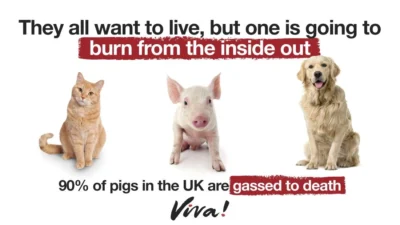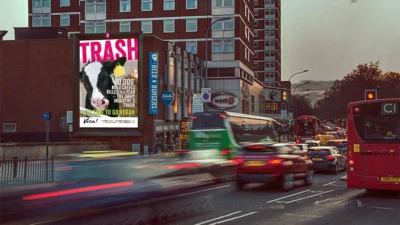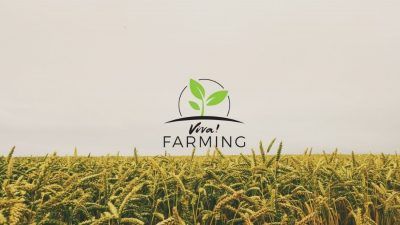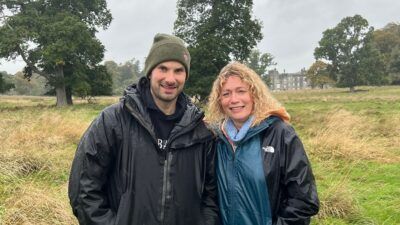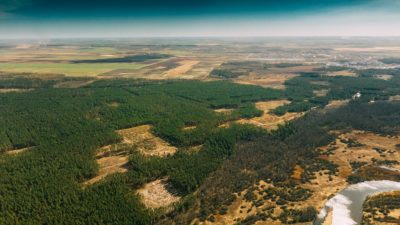Regenerative Farming … what is it and what can it do for climate targets?
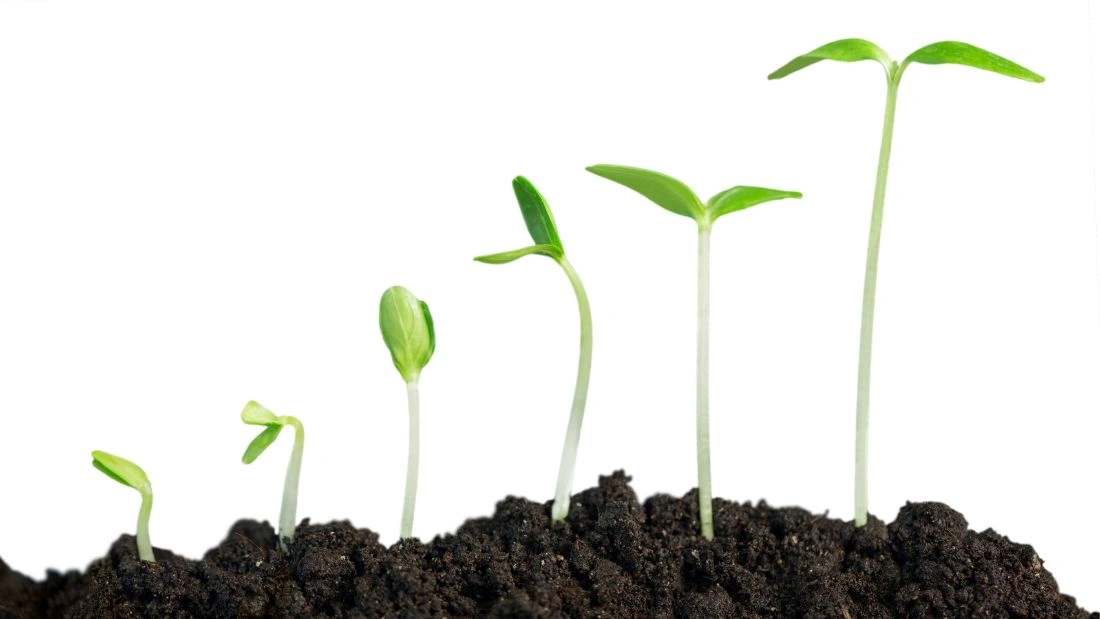
The climate crisis is undeniable and our food system is responsible for over 25 per cent of global greenhouse gas emissions. Industrial farming is degrading our soil, polluting our waterways and driving biodiversity loss. Livestock farming alone is responsible for around one-fifth of all human-made greenhouse gas emissions. As vegans, we advocate for plant-based diets to combat these issues, but can we go further? Is there a way to farm that actively heals the planet rather than harming it?
Regenerative farming has become something of a buzzword and not just in sustainability circles. In 2020, the idea was propelled into the mainstream following the release of Kiss the Ground – a Netflix documentary presenting regenerative agriculture as a solution to the climate crisis and since then it’s only gained traction. It’s touted as a solution to both environmental degradation and climate change.
Regenerative farming focuses on restoring ecosystems, improving soil health and sequestering carbon but sadly, it often also focuses on animal farming, which raises concerns for those of us committed to a vegan lifestyle. Is it missing a trick and can it align with vegan values or is it inherently tied to animal exploitation?
What is regenerative farming?
There seems to be an almost overwhelming list of environmental issues that we currently face, and soil is often forgotten – but we really cannot afford to ignore it. Not only is soil home to billions of living organisms and responsible for growing our food but it can also play a significant role in fighting global heating.
Healthy soil acts as a carbon sink, meaning it absorbs carbon out of the atmosphere and stores it – 10 billion tonnes of carbon is stored in the UK’s soil alone. This is roughly equal to 80 years of annual UK greenhouse gas emissions. Sadly, all over the world, industrial agriculture is degrading and depleting this precious resource; it has caused arable soils to lose up to 60 per cent of their organic carbon. Animal agriculture plays a huge role in this everywhere – in the US, the industrialised livestock industry is responsible for around 85 per cent of all soil erosion.
Regenerative farming is often sold as the answer to this problem but there is no set definition for ‘regenerative agriculture’ and it’s often used as an umbrella term for a variety of practices that aim to create a more sustainable farming system. Simply put, it’s an approach to farming that aims to allow soil, water and other natural assets to regenerate of their own accord. Unlike conventional farming methods, which deplete soil and release carbon through monocropping, heavy tilling and synthetic fertilisers, regenerative farming aims to build soil health, increase biodiversity and improve water retention.
As a basic rule, regenerative farming involves a mix of:
- limiting soil disturbance
- maintaining soil cover
- fostering agricultural diversity and rotations
- keeping living roots in the soil
- integrating livestock and arable systems
Regenerative farming is based on a handful of key principles. Firstly, the healthier the soil, the more carbon it captures, therefore helping to reduce overall carbon dioxide levels. To encourage soil health, a variety of crops are used to replenish soil nutrients and prevent erosion. Keeping livestock is commonly suggested as the next step to encourage soil health – advocates claiming that grazing livestock encourages plant growth and their waste naturally fertilises the soil.
Natural fertiliser use is part of an effort to reduce reliance on chemical pesticides and synthetic fertilisers, aiming to reduce pollution and protect ecosystems. Finally, soil is disturbed as little as possible to preserve its structure and microbial life, while trees and shrubs are integrated with crops to create resilient ecosystems.
Is animal-based regenerative agriculture better for the planet?
Regenerative farming methods clearly have the potential to help combat climate change but much of the conversation centres around livestock. So, do we really need animals to restore land?
Several growers across the UK now grow crops without farmyard manure or artificial fertilisers. This is called stock-free or veganic farming and not only protects and regenerates the environment but also offers a good economic future for farmers.
It is clear that there is no place for industrialised livestock production in regenerative farming. Journalist and environmentalist George Monbiot explains in his book Regenesis and in The Guardian: “Grazing livestock are a fully automated system for ecological destruction: you need only release them on to the land and they do the rest, browsing out tree seedlings, simplifying complex ecosystems. Their keepers augment this assault by slaughtering large predators.”
We also know that industrial livestock farming is a major contributor to greenhouse gas emissions. Some proponents argue that regenerative grazing offsets these emissions – one farm has claimed that its grassfed beef is carbon neutral because the healthy soil is storing more carbon than cows emit in their lifetime. Critics have pointed out that all beef, even that produced in the most sustainable way, is responsible for far more emissions than plant-based proteins. Cows are notorious for their potent methane emissions – the US non-profit Environmental Working Group calls the idea of low-carbon beef “nonsensical”, comparing it to the idea of ‘low cancer’ cigarettes, explaining that “no food produces more greenhouse gas emissions than beef”. Grazing livestock also requires large amounts of land. Even with current intensive methods, almost half of the UK’s total land area is used just for animal agriculture – either for grazing or animal feed crops.
Sheep and cattle grazing in the UK are portrayed as being a ‘natural’ part of the landscape but they are not. They damage the land and the wider environment – destroying native vegetation, damaging riverbanks and contaminating waterways with faecal waste. If we as a nation moved towards an exclusively, or even predominantly, plant-based diet, massive amounts of land currently used for farming could be returned to nature.
Looking Forward
The largest-ever food production study, published in the journal Science, concluded that going vegan was the single biggest action a person could take to reduce their impact on the planet. The core principles for regenerative farming are not new; our ancestors looked after the land using regenerative practices long before they had a name. Improving and sustaining soil health is key to our future and regenerative agriculture can play a key part in this but not while its focus is so heavily centred on animal use.
The future of sustainable food is not just about what we eat – it’s about how we grow it. By embracing regenerative farming without livestock, we take a step to create a food system that is ethical, environmentally friendly and capable of helping us meet our climate goals.

